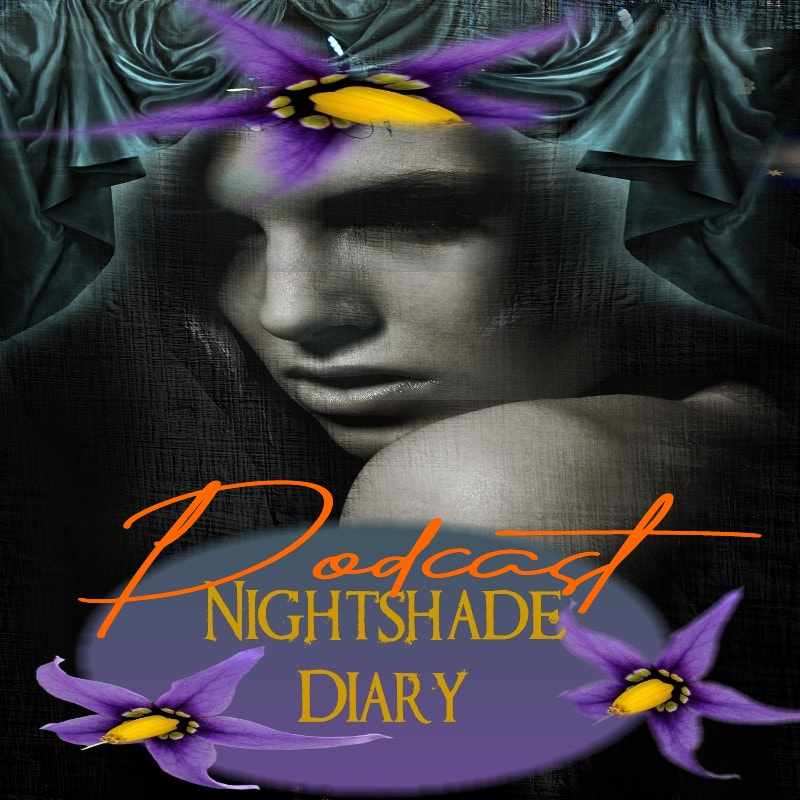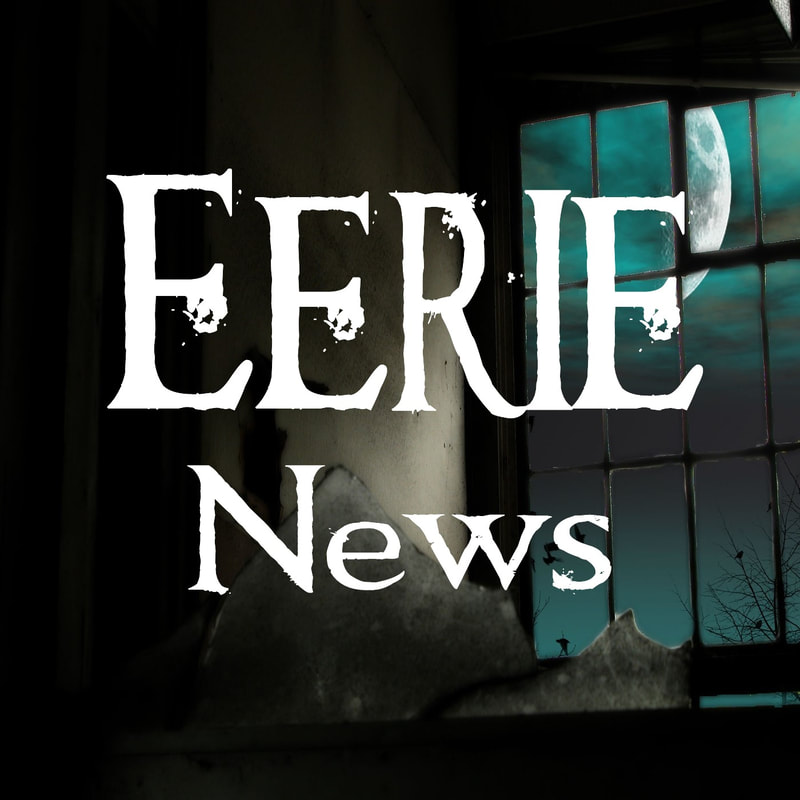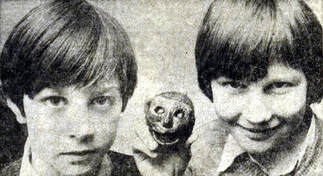 By M.P. Pellicer | Stranger Than Fiction Stories In 1971, two boys made a discovery near a privet hedge in their yard, which opened the gateway to something sinister.  Dr. Roger Miket, the archaeologist who brought the heads to the attention of Dr. Anne Ross c.1974 Dr. Roger Miket, the archaeologist who brought the heads to the attention of Dr. Anne Ross c.1974 Colin and Leslie Robson, ages 9 and 11, dug up tennis ball-size, carved heads in the garden of their home in Newcastle-upon-Tyne in 1971. When their mother Jean took a closer look, she realized faces were etched on the stones. One had a greenish-grey cast to it and sparkled with what seemed to be quartz crystals. It had more of a resemblance to a skull and was later dubbed the "boy". The other had bulging eyes, hair combed backwards across the forehead. It reminded her of a witch. The hair, had traces of yellow and red color.  Anne Ross' paper on stone heads published in Archaeologia Aeliana Vol. 1 1973. (Source - Society of Antiquaries of Newcastle upon Tyne) Anne Ross' paper on stone heads published in Archaeologia Aeliana Vol. 1 1973. (Source - Society of Antiquaries of Newcastle upon Tyne) Both were heavier than cement or concrete. They placed them on a shelf as unusual curiosities, but soon they would come to be considered much more. According to the Robson family, this discovery was a catalyst for unexpected happenings in their home. The heads would move and bottles would be thrown across the room. Pictures fell off the wall, curtains came down and a mirror fell off the kitchen wall. One night the boys were covered in glass when a window in their bedroom shattered inexplicably while they slept. The manifestations moved next door to the Dodds. Ellen "Nelly" Dodd, a mother of six described, "I had gone into the children's bedroom to sleep with one of them who was ill. My 10-year-old son Brian kept telling me he felt something was touching him and pulling his hair. I told him not to be silly. Then I saw this shape in the room... it was like some terrible blurred creature crawling around the floor on all fours. I screamed, and it disappeared." She said it resembled a half-man, half-goat or sheep. 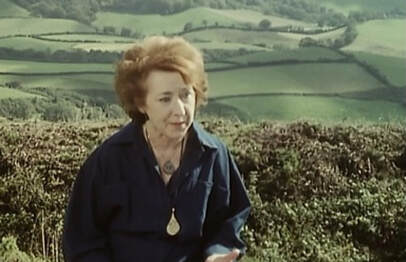 Dr. Anne Ross (1925-2012) c.1980s Dr. Anne Ross (1925-2012) c.1980s This turned out was not just her imagination when her health took a turn for the worse. So much so that she was rehoused by the local council. She believed this was tied to the heads. The Robsons feared the source of the sightings were the heads. They were taken from their house and it was exorcised by a local priest. The artifacts were examined by Professor Dearman of the University of Newcastle, and also by Dr. Roger Miket who brought them to the attention of Dr. Anne Ross (1925-2012), an archaeologist and linguist. Before inspecting the site, Dr. Ross said if the garden sat where once a shrine was erected she would not be surprised to hear of supernatural manifestations. She cited where other discoveries on the continent and Britain had correlation with ancient Celtic temples and hauntings. The relics were also studied at Southampton University, where it was believed the heads might have been made by Celtic headhunters. Celtic tribesmen's main cult was to worship heads as god. They used ones taken from their enemies. Dr. Ross examined them and claimed they were approximately 2,000 year old, highly sophisticated and were made to take part in ancient occult ceremonies. Dr. Ross kept the objects at her home, and soon strange things started to happen. On the first night she said her husband and her woke up convinced that "some evil was near, and that the family was in danger." She said, "Something made me look towards the bedroom door, and I saw this thing going out of it. It was about six feet high and half animal and half man. It was covered in dark fur. I saw it very clearly, and then it disappeared. It was the most terrifying thing I had ever seen."  Hexham Wolf also known as the Allendale Wolf c.1904-1905 Hexham Wolf also known as the Allendale Wolf c.1904-1905 In another interview she described the animal she saw thus, "It was about six feet high, slightly stooping, and it was black, against the white door, and it was half animal and half man. The upper part, I would have said, was a wolf, and the lower part was human and, I would have again said, that it was covered with a kind of black, very dark fur. It went out and I just saw it clearly, and then it disappeared, and something made me run after it, a thing I wouldn't normally have done, but I felt compelled to run after it. I got out of bed and I ran, and I could hear it going down the stairs, then it disappeared towards the back of the house." Within days their daughter Berenice was the next person to have a strange experience. Dr. Ross described what occurred after she arrived from a trip to London with her archaeologist husband Richard Feacham, "She was in a terrible state and told us that she had opened the door and a black thing, half man and half creature, had rushed down the stairs, jumped the bannister and gone into a room at the back." They searched the house, but could find nothing. Her daughter hid behind the locked door of her room until they arrived.  Celtic stone head produced during the Iron Age Celtic stone head produced during the Iron Age Dr. Ross reported her study door flying open by itself, the sensation of a cold figure close to her and the appearance of a dark figure. The Ross family, like the Robsons got the heads out of their home. She said it was like a cloud had been lifted from their home. She said everyone who came to the house felt the presence of evil. She remained convinced they were Celtic, and their curse they carried were kept by the minerals they were made of. Dr. Ross said once the heads left her home all the manifestation ceased. The description of the creature seen at the Ross household revived memories of the Hexham Wolf, who in the autumn of 1904 ravaged the countryside close to where the heads were found. It was suspected the animal escaped from a zoo. The loss of livestock in the area of Hexham and Allendale became so dramatic that farmers resorted to housing their animals indoor at night. During this time, a young wolf had escaped from Captain Bain of Shotley Bridge, but it did not match the description of the killer wolf which was described as much larger. What was unusual about this event was that the livestock were not always eaten, and wolves had not been sighted in Northumberland in centuries.  Desmond Craigie with the heads Desmond Craigie with the heads In late December 1904, a reward was offered for the wolf's skin. On the 29th a carcass of a wolf cut in two by a train was buried and then disinterred. It was brought before the Hexham Wolf Committee which had been organized to hunt the wolf. Captain Bain said this wolf was too old to be his which was 4 months old when it escaped. Contradictory sightings were reported of a dark wolf or a tan wolf. Was there more than one wolf stalking prey in the area? Hunts were organized, tracks were followed and hounds were brought to the site of fresh kills, but the animal could not be found. W. Briddick a big game hunter joined the search, but was unable to kill it even though he claimed having sighted it more than once. Toward the end of January, 1905, interest waned, no doubt because the slaughter of livestock ceased after the carcass of the wolf was found. How this animal came to be in the area was never explained. Over 60 years later when the Robson boys dug up the heads, the reports from their mother and Mrs. Dodd brought to mind the strangeness of the wolf that killed so many livestock. It was claimed the artifacts were tied to this animal through a curse. Hexham is an old Anglo-Saxon town. The German word for witch is "hex". A few miles away is Haltwhistle know for witchcraft, where present day witches still gather. In 1972, Desmond Craigie, 59, a lorry driver came forward to say he had produced the heads in 1956, for his daughter while he lived at the house at 3 Rede Street. He had lived there for thirty years, and his father had left the year before the Robsons moved in. He had made three of them, but one was damaged and he threw it away. Craigie worked for a concrete company at the time. He created replicas that were not similar enough to the original heads, which left in doubt to his claim. 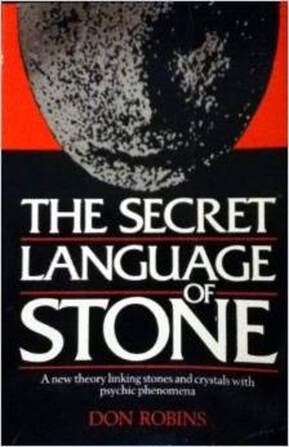 Robins included one of the heads on the cover of his book Robins included one of the heads on the cover of his book In 1972, Sidney Cartwright who was once the curator at the Cartwright Hall Museum had found several Celtic heads that dated from 200 BC to 400 AD. He said some were modeled as humans, and others like animals such as bears, dogs, lion-like animals and "a weird beast of no known species". This tradition dated back to the Iron Age when the North was inhabited by a tribe called the Brigantes. Celtic heads have been found built into churches like gargoyles. This is proof that the tradition was incorporated into Christianity. Usually to ward off evil, they were placed over doorway, in gables and troughing ends on old yeomen houses. In 1975, the Celtic idols were sent back to the family who found them after spending four years at the Newcastle University's Museum of Antiquities. The Robsons gave them to their cousin George Watson. His wife told him to return them. This is when they decided to bury them in the exact spot they were found. If they were ever buried, they were destined not to stay there. In 1977, Dr. Don Robins an inorganic chemist took the heads home after he found them in a box kept in the office of Prof. Frank Hodson at Southampton University. On the trip home the electrical system in his car went out. He took the heads out and the vehicle operated as it should. He believed the influence of the artifacts came from the female, and that her eyes were ever watchful. He felt the atmosphere around her was electrified. Dr. Robins said, "I was convinced these lumps of stone were possessed of very definite powers of evil." He had collaborated with Dr. Ross on their book about the Lindow Man bog body, titled The Life and Death of a Druid Prince. He authored The Secret Language of Stone, where he posited that stone could record events, something known as the stone-tape theory. He kept the heads until February, 1978, when he passed them to Frank Hyde, a psychic and dowser. After this the exact whereabout of the relics disappeared until today. Whether they were authentic or not, the type of encounters described by those who had contact with them are similar to other places and time where there are reports of cryptids. According to the book Hunting the American Werewolf (2006), "wolfenstones" depicting devils and werewolves have been dug up around the Palmyra area close to where the Bray Road Beast has been sighted. Linda Godfrey in The Beast of Bray Road, described a find on Frank Arnow's ranch: On the ground in front of the bunkhouse was what looked like some kind of old pedestal about a foot square, with a face molded in relief on each of the four sides. The faces looked like werewolves!  Werewolf gargoyle at the Cathédrale Notre-Dame de Moulins Werewolf gargoyle at the Cathédrale Notre-Dame de Moulins In the book Lo!, author Charles Fort noted that in the area of the wolf sightings in 1904, there were reports of poltergeist activities, spontaneous human combustion and a religions revival perhaps as an antidote to this high strangeness. Sources - Leicester Mercury, The Journal
0 Comments
Your comment will be posted after it is approved.
Leave a Reply. |
Stranger Than Fiction StoriesM.P. PellicerAuthor, Narrator and Producer Archives
July 2024
Categories
All
|
Stories of the Supernatural
- Stories of the Supernatural
- Miami Ghost Chronicles
- M.P. Pellicer | Author
- Stranger Than Fiction Stories
- Eerie News
- Supernatural Storytime
-
Astrology Today
- Tarot
- Horoscope
- Zodiac
-
Haunted Places
- Animal Hauntings
- Belleview Biltmore Hotel
- Bobby Mackey's Honky Tonk
- Brookdale Lodge
- Chacachacare Island
- Coral Castle
- Drayton Hall Plantation
- Jonathan Dickinson State Park
- Kreischer Mansion
- Miami Biltmore Hotel
- Miami Forgotten Properties
- Myrtles Plantation
- Pinewood Cemetery
- Rolling Hills Asylum
- St. Ann's Retreat
- Stranahan Cromartie House
- The Devil Tree
- Trans-Allegheny Lunatic Asylum
- West Virginia Penitentiary
- Paranormal Podcasts
"When misguided public opinion honors what is despicable and despises what is honorable, punishes virtue and rewards vice, encourages what is harmful and discourages what is useful, applauds falsehood and smothers truth under indifference or insult, a nation turns its back on progress and can be restored only by the terrible lessons of catastrophe."
- Frederic Bastiat
- Frederic Bastiat

Copyright © 2009-2024 Eleventh Hour LLC. All Rights Reserved ®
DISCLAIMER
DISCLAIMER
 RSS Feed
RSS Feed


